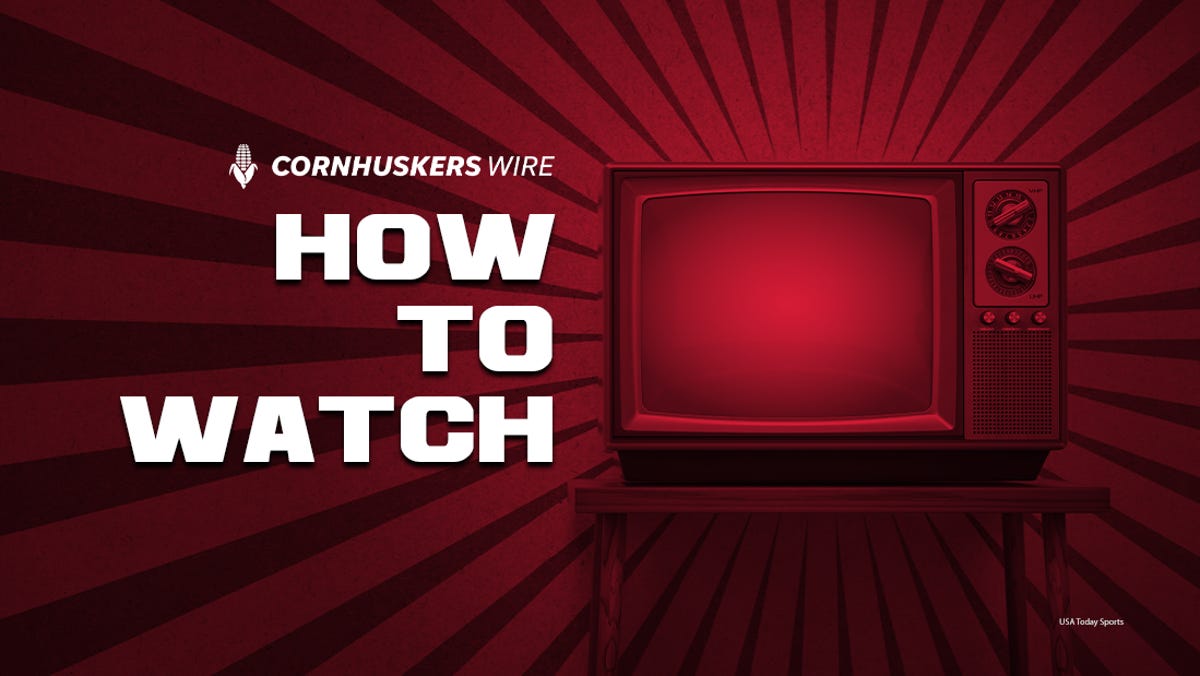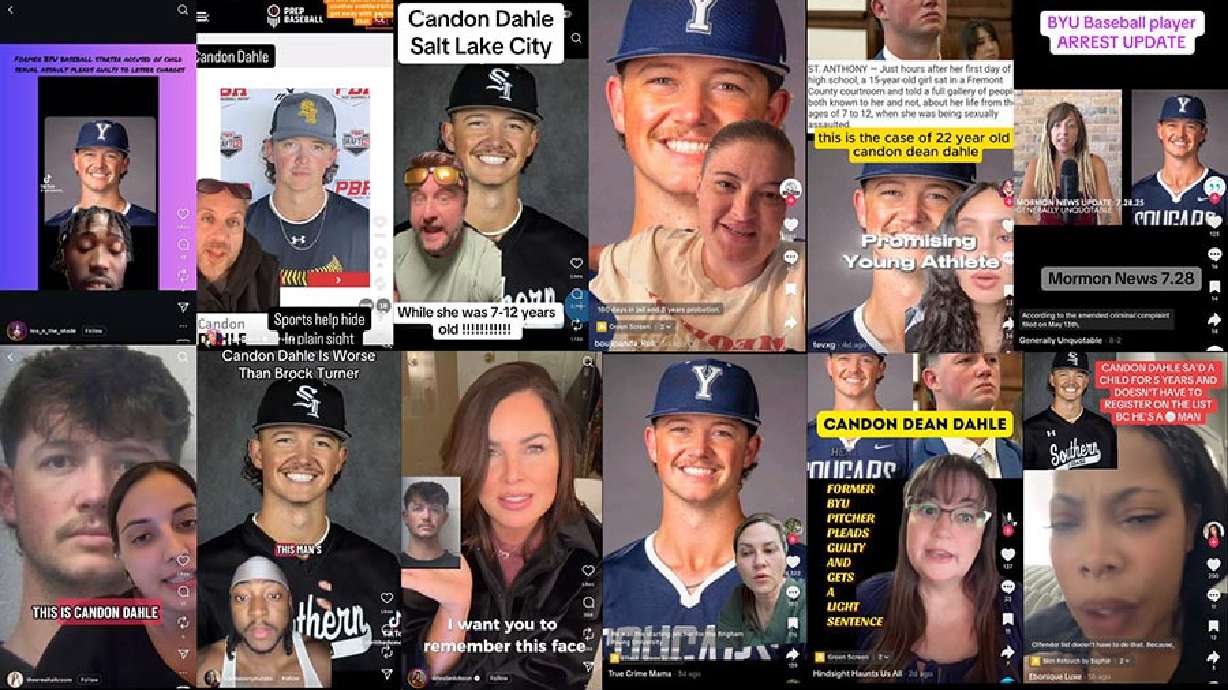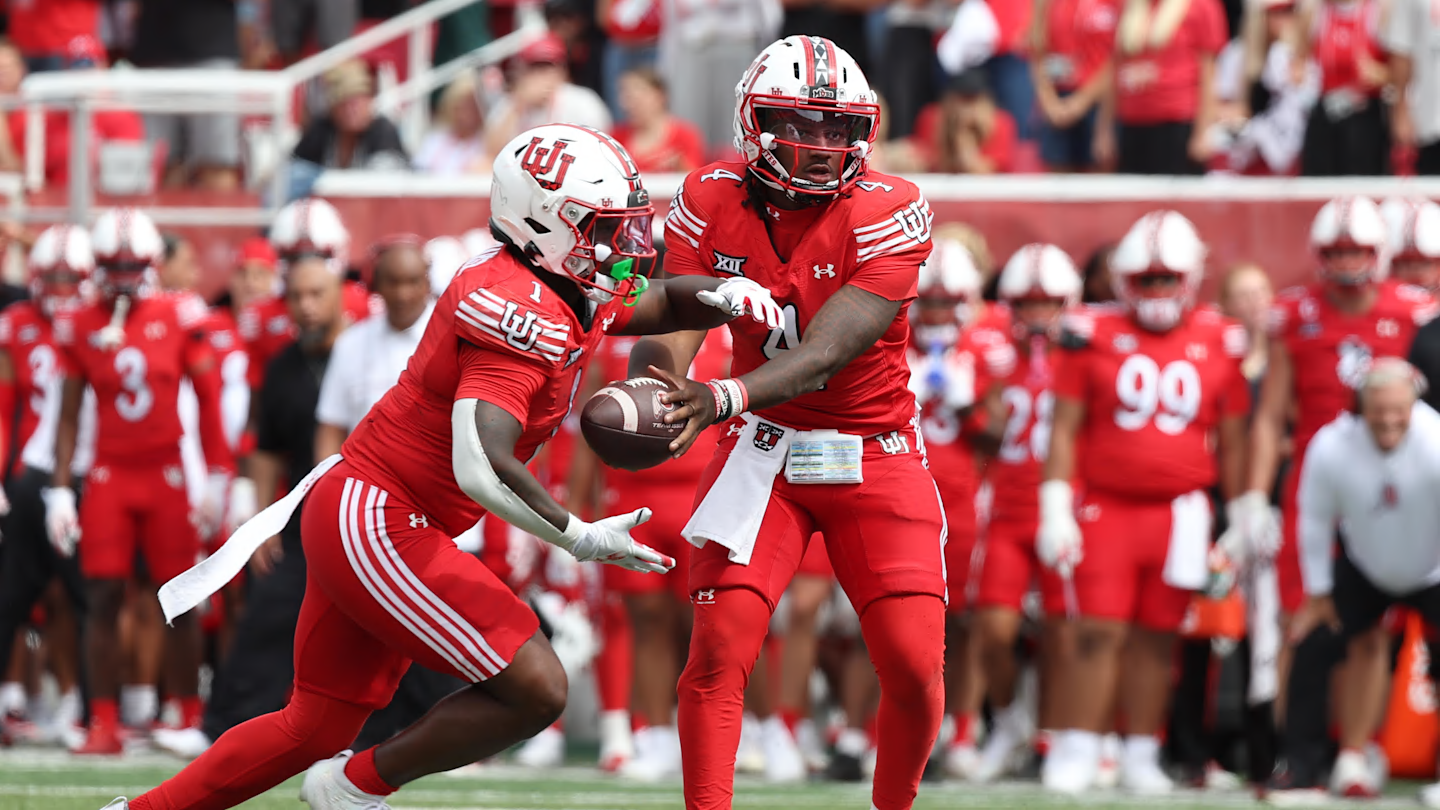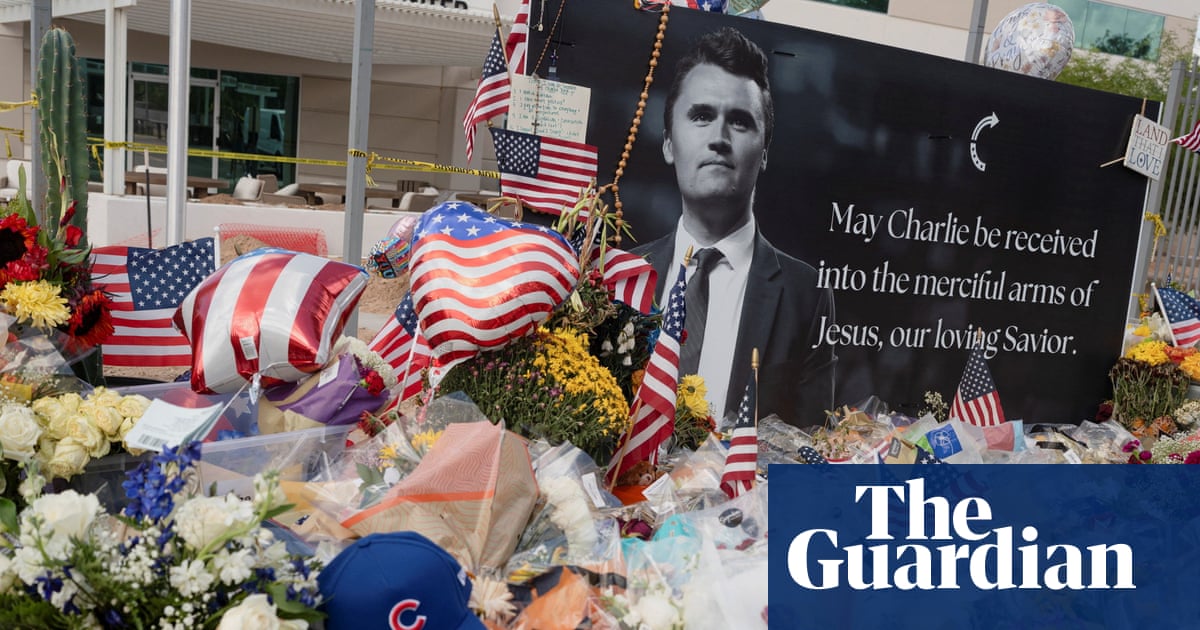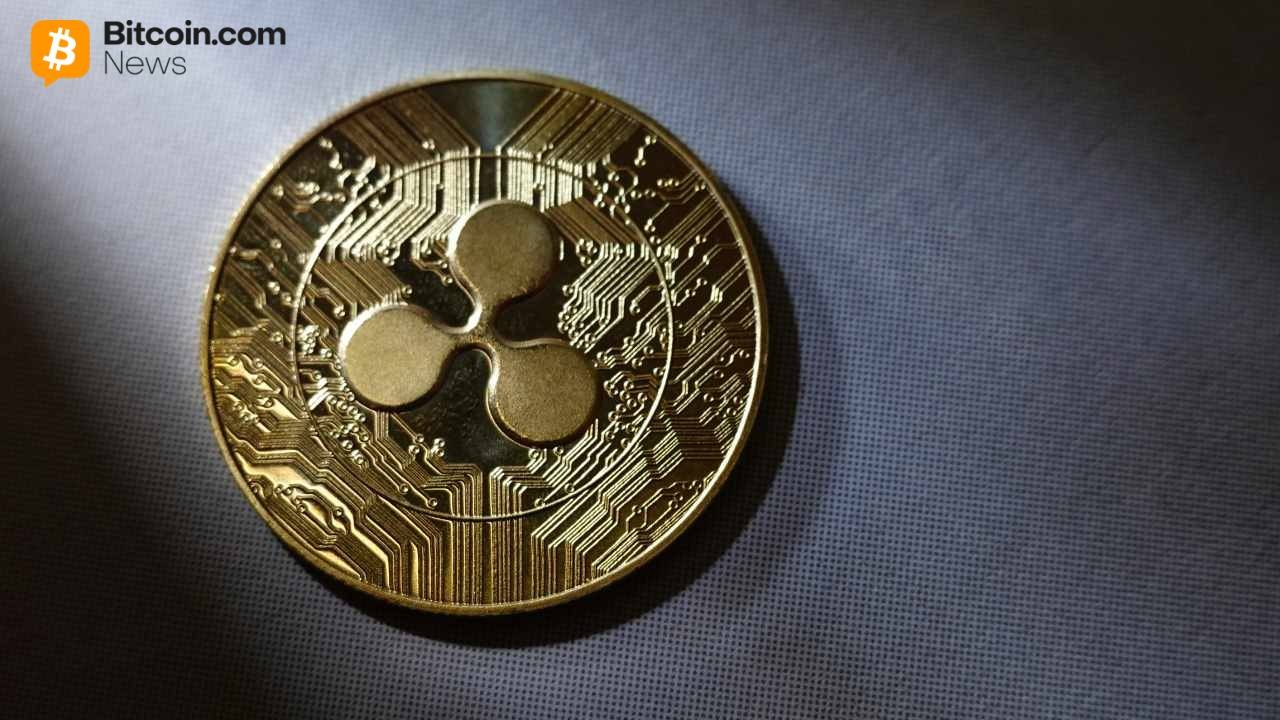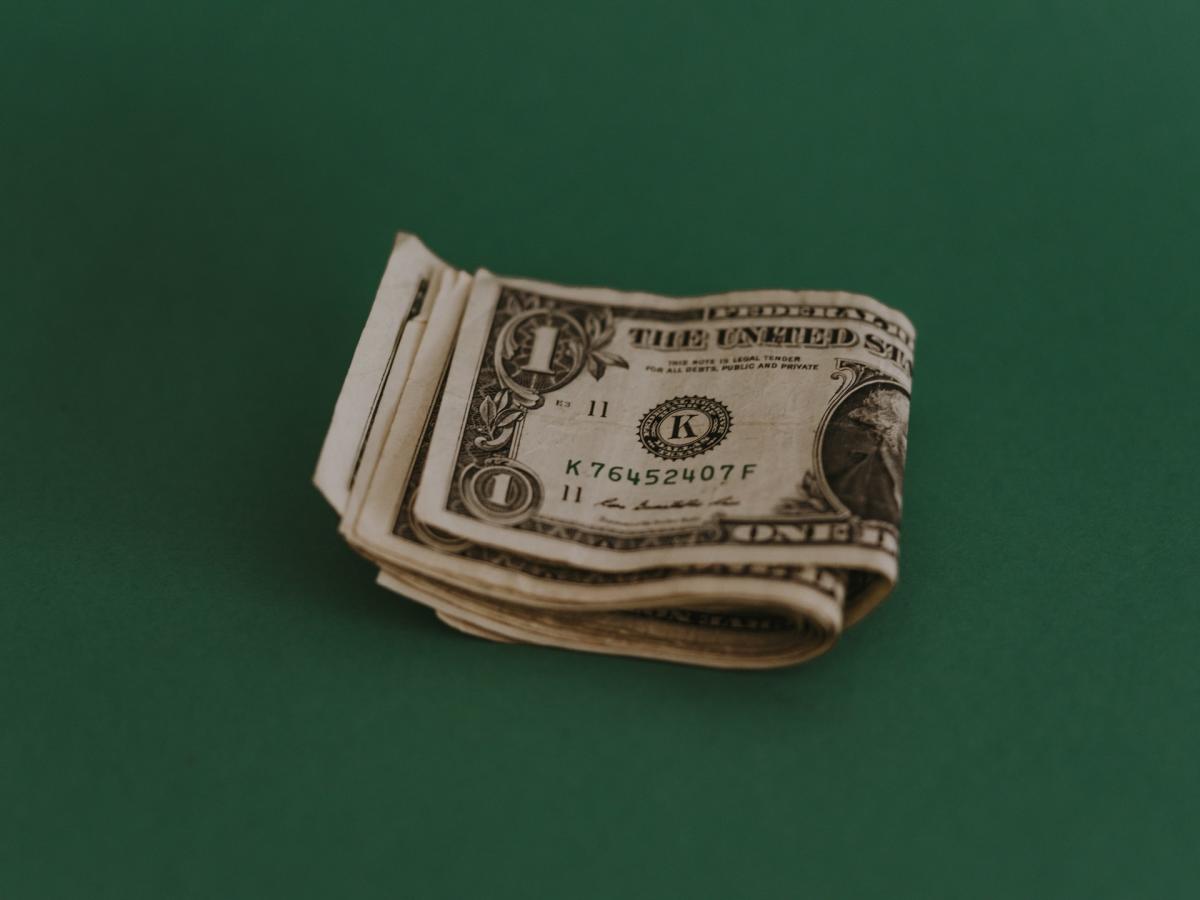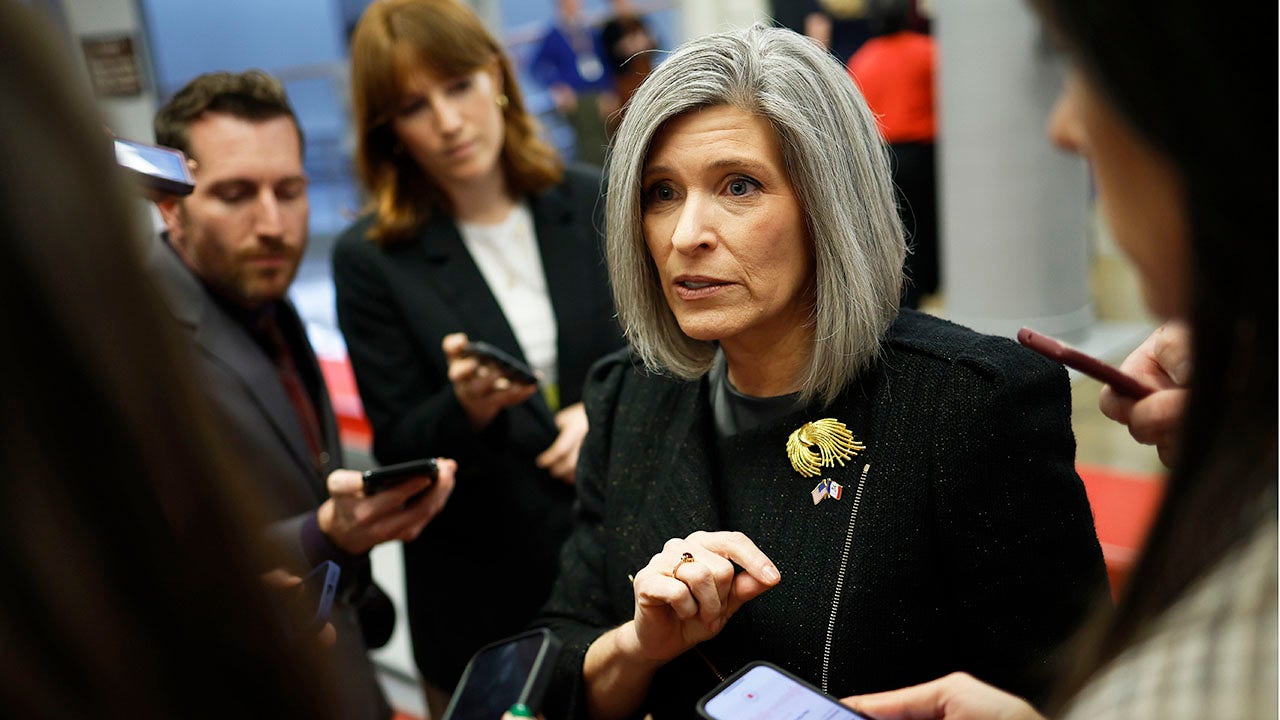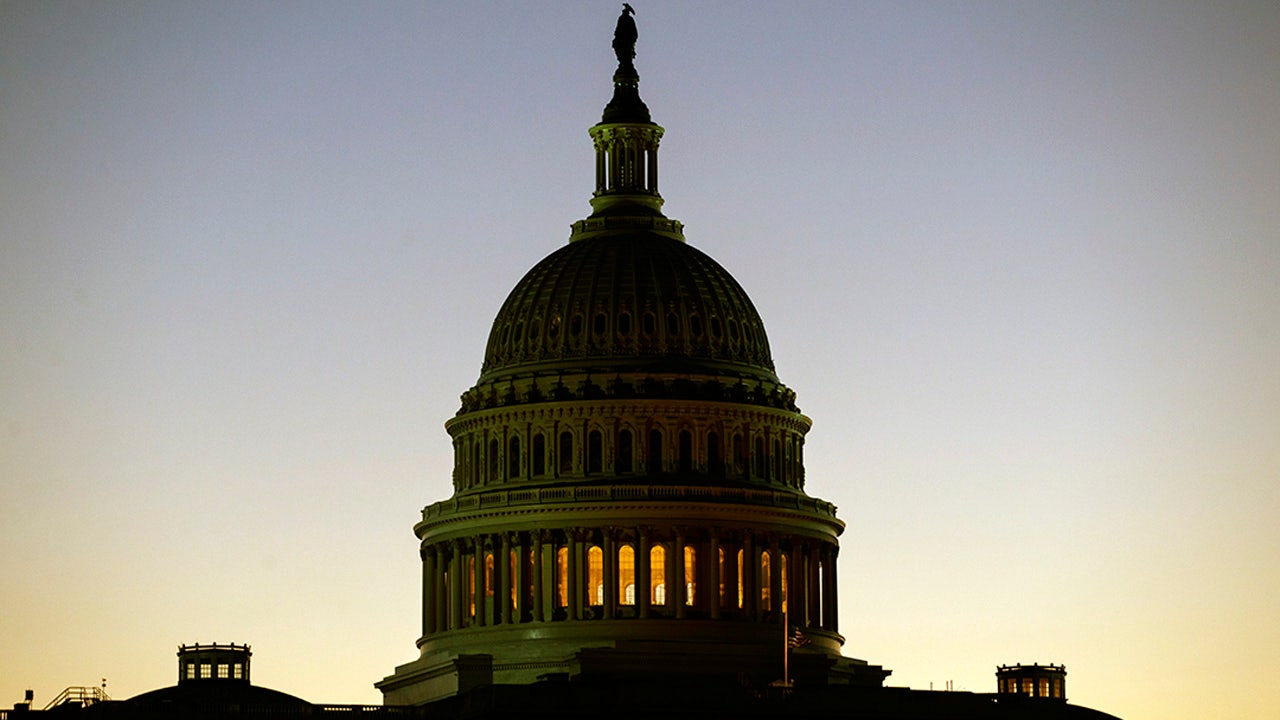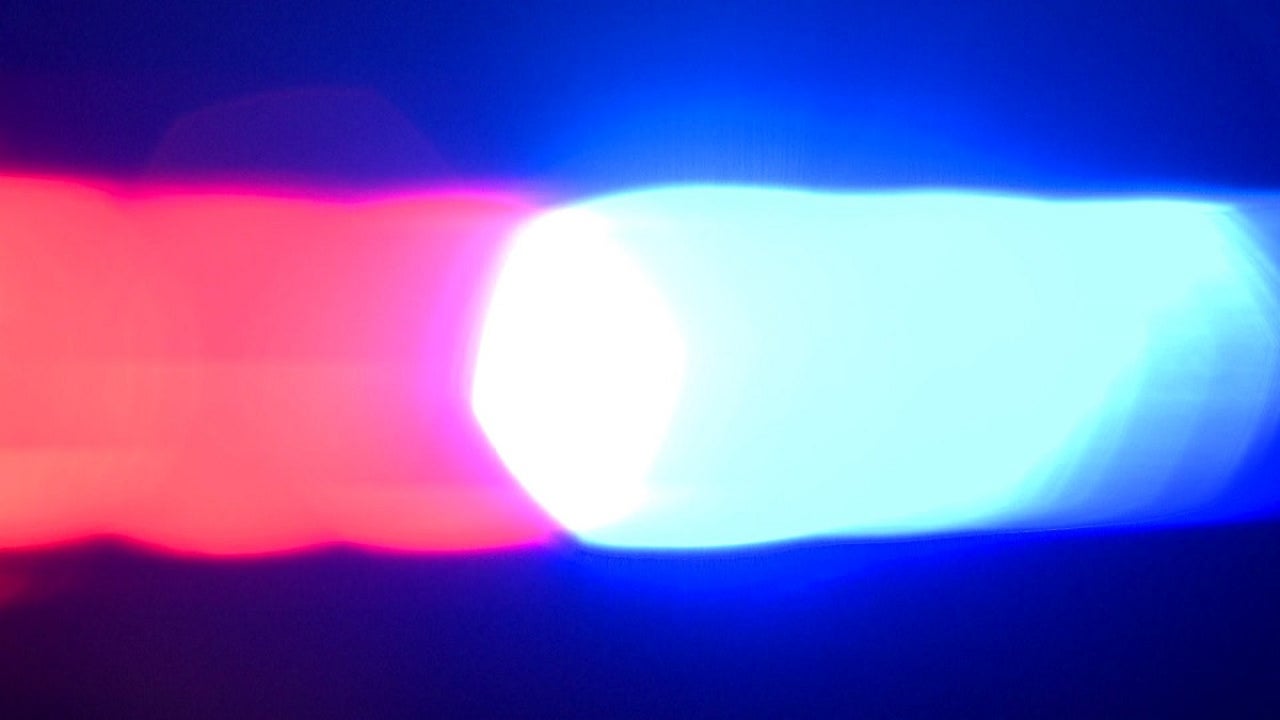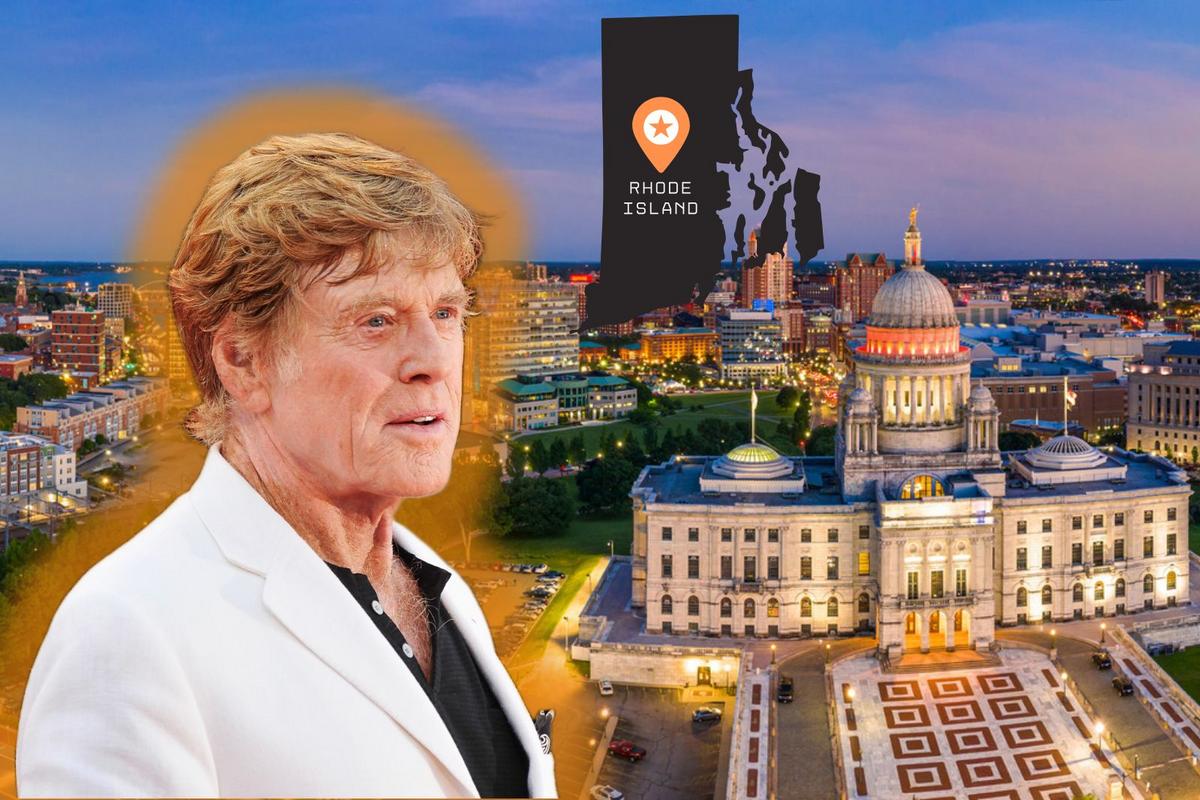In recent days, Utah and the adjacent Mormon cultural region have been awash in celebrations of the 1847 entry into the Salt Lake Valley of Brigham Young and the first Mormon pioneers: Parades, concerts, rodeos and fireworks all pay tribute to these frontier forays.
Some festivities acknowledge the arrival — later than the vanguard company but still the first of their nations — of people from around the world who have made Utah their home. And, at long last, many of these celebrations are tempered with the acknowledgment of the harms caused to the Ute, Paiute, Goshute, Shoshone, Navajo and other Native tribes displaced by these mostly white colonists.
My own ancestors were among the pioneers, although they didn’t reach the area until 1848. But a 3-year-old ancestor and his widowed father decided that Utah was indeed “the right place” and spent their lives building and farming in Manti and Marysvale.
Today, though, I want to acknowledge, even salute, other pioneers who came to Utah in those early days but remain largely forgotten because they did not find that Utah was the right place. These pioneers made the effort to journey here, and sometimes stayed and built lives here for a time before moving on to California or returning to the United States, or who ventured to the U.S. because of their membership in The Church of Jesus Christ of Latter-day Saints but made their later, and greatest, contributions elsewhere.
It’s easy to understand why we don’t pay tribute to them. We often don’t know who they are, beyond an entry on a pioneer roster or a single line in some early record before they passed from our view. Other times we consider them failures — people not strong enough to build a life in the desert or traitors who abandoned their faith for an easier one elsewhere.
I’m learning, however, that such was often not the case. Life was as tough elsewhere in the West as it was in Utah. Some who went out from us retained a sense of loyalty to Latter-day Saints, helping as they had opportunity. In some cases, the failure may have rested with those who stayed in Utah but did not welcome or assist the newcomers as well as they might, or should, have.
One of the first Utah pioneers to leave for life elsewhere was a member of Brigham Young’s 1847 vanguard company. William A. King was a skilled carpenter who, upon arrival in Utah, built an improved “roadometer,” the device designed to track mileage by counting the revolutions of a wagon wheel. King returned east with Young at the end of that first pioneering season, then vanished from the Latter-day Saint record. His was a peculiar absence from the story of the most famous of Mormon wagon companies. In 2008, I traced King to his birthplace in Maine, then on to Milwaukee, where he lived until 1899, working as a carpenter and joiner — the same skills he had contributed during his brief presence in Utah.
Helping citizen Kane
(The Church of Jesus Christ of Latter-day Saints)
Thomas L. Kane, an influential friend of Brigham Young and early Latter-day Saints.
Frances Swan Clark came to Utah from Scotland via Nauvoo, Ill. A plural wife of apostle Heber C. Kimball, she buried their infant daughter in a refugee camp on the banks of the Mississippi as the Saints began their flight to the Great Basin. She came here in 1848 but soon left for California, marrying George Clark, a fellow drifter from Mormonism. The Clarks lived near San Bernardino in 1857 and stayed there despite the call to return to Utah to protect the territory against the expected arrival of hostile U.S. troops during the Utah War. The Clarks were there in February 1858, when another one-time Latter-day Saint brought a stranger to their door, a sick man seeking rapid and secret transportation to Utah. Frances nominated George to accompany the feeble man in his travels, preparing food and bedding for the trip.
Just before they left, the stranger identified himself as Thomas L. Kane, the Pennsylvanian who was hastening to Utah in a bid to prevent bloodshed between the Saints and federal troops. Frances calmly announced, “I knew you the night you were brought here. You came to my wagon when my child lay dying. I knew your voice, you could not disguise your eyes — did you think I could ever forget you?” Frances, only briefly a pioneer in Utah, played a little-known role in the safety of our state.
(Library of Congress)
Biddy Mason, enslaved by a Latter-day Saint family, came to early Utah. She later was emancipated and went on to become one of the builders of Los Angeles — as a property owner, a nurse, the founder of a school for Black children, and a founding member of L.A.’s first Black church.
Another Utah pioneer who was here only a short time before leaving for California was brought here against her will. Biddy Mason, the mother of three young daughters, was enslaved by Latter-day Saint family members from Mississippi and drove their livestock across the Plains in 1848. She was taken, again without her consent, to San Bernardino in 1851. Threatened with being separated from her children and taken to Texas in 1856, Mason appealed for help from two free Black men, who, with others, helped her take her case to court, arguing that she should have been freed upon arrival in the free state of California. The judge emancipated her and her family. Mason went on to become one of the builders of Los Angeles, as a property owner, a nurse, the founder of a school for Black children, and a founding member of Los Angeles’ first Black church.
Drifters depart
(Salt Lake Tribune file photo)
The monument near the site of the 1857 Mountain Meadows Massacre. Another, much smaller and less deadly, ambush took place not far from this site.
Some pioneers we could have done without. John G. Ambrose and Thomas W. Betts, two drifters who reached Salt Lake City in mid-October 1856, for instance, arrived in early winter snows, one astride a horse and the other on a mule, carrying nothing but the clothes on their backs — suggesting, perhaps, a hasty retreat from some Western outpost or overland company.
They sold their mounts, bought basic gear and began running up debts with storekeepers. When a merchant demanded they settle their bills, they deposited with him a bag of “gold dust” — it later turned out to be worthless — and said they were headed to Ogden to take possession of some stock owed them. When the merchant discovered that Ambrose and Betts had borrowed a carriage and were heading south instead of north, an arrest warrant was issued. Ambrose and Betts were caught, tried, sentenced to 30 days behind bars, and then “invited” to leave Utah as promptly as possible.
The two swindlers traveled south with a larger party of men headed toward California. No members of that party knew they were being watched along the route. Brigham Young had sent letters warning leaders in various towns that the newly released thieves were passing their way and instructing them to kill the pair if trouble arose.
Unbeknownst to the watchers, however, the party divided somewhere beyond Parowan, with four travelers going on ahead and Ambrose and Betts joining the trailing party. The four advance travelers were attacked in their camp on the Santa Clara River, a few miles from Mountain Meadows by gunmen who apparently mistook them for Ambrose and Betts.
The four men were injured, one seriously, but all survived to be carried by the mail wagon (accompanied by Ambrose and Betts, who could not have known how close they came to being victims of that ambush) to Southern California, where Ambrose and Betts disappear from the historical record.
On second thought, go East
Some pioneers stayed much longer in Utah before realizing that Utah was not the right place. Jonathan Grimshaw, with his wife and five children, sailed from England to the U.S. in 1851 as Latter-day Saint converts and came on to Utah the same year. The Grimshaws appeared to settle into society in Salt Lake City, with Jonathan working as a clerk in the church historian’s office. By 1856, though, he had seven children as well as his wife and himself to support. “I have nothing to say against the church or its authorities,” he wrote to his brother, “but I think Utah is too hard a place to live.” Grimshaw made plans to go to St. Louis and work until he could take his family back to England. He hoped to travel with two friends but could afford only a slow ox-pulled wagon; his friends, with their lighter and swifter conveyances, left without him.
The Grimshaws did not know they were setting out across the Plains in the midst of a war between the Cheyenne and Sioux. Somewhere east of Fort Laramie, they met merchants headed to Salt Lake City who brought grim news: Along with others, the two friends the Grimshaws had hoped to travel with had been slain. Eventually, accompanied by a regiment of U.S. Cavalry, the Grimshaws made their way to St. Louis. Instead of returning to England, however, these one-time Utah pioneers settled in Jefferson City, where Grimshaw and one of his sons served terms as mayor, making contributions to Missouri that might otherwise have built Utah.
From Utah to Congress — for another state
(Livingstone’s History of the Republican Party)
Alfred Milnes emigrated to early Utah but eventually landed in Michigan, where he was elected to the U.S. House.
Utah was not the right place for two other men who came here as children with Mormon wagon companies. Alfred Milnes was born in Bradford, England, in 1844 and came to Utah in 1854 with the help of the church’s Perpetual Emigrating Fund, a revolving account that lent travel money to Latter-day Saint emigrants, who then were asked to repay their loans in Utah to help later-coming pioneers.
By 1859, though, after the deaths of Milnes’ mother and two younger brothers, Milnes’ father took his surviving family to Coldwater, Mich. Alfred Milnes served with the Michigan infantry throughout the Civil War, then went into business, becoming a banker, postmaster and real estate agent. He was elected mayor, state senator, lieutenant governor and, finally, to Congress.
(Montana Historical Society)
Lee Mantle came to early Utah but then migrated to Montana, where he became a U.S. senator.
Theophilus “Lee” Mantle was born in Birmingham, England, in 1851. His widowed mother, a Latter-day Saint convert, brought the family to Utah in 1864. Life here was hard, though, for a widow, and Mantle took work with Union Pacific when he was 14. That job eventually took him to Montana, where he rose through state offices to become a U.S. senator in 1895.
Milnes and Mantle served in Washington during the same years. Did they know each other? Did they know that they shared a Utah past? I do not know, but clearly these two young men, two pioneers, took their ambitions and talents elsewhere when Utah turned out not to be the right place.
I no longer think of most such Utah pioneers as failures or weaklings. They went through the same difficulties to reach this place as any other pioneers. They were women and men of intelligence and determination and skill, who took those talents elsewhere. As I honor and celebrate those who stayed and built the state I have inherited, I will also remember — and perhaps wish things had turned out differently for — those who came, and then drove on.
(Francisco Kjolseth | The Salt Lake Tribune) The sun rises over the Salt Lake Valley at This Is the Place Heritage Park on Thursday, July 27, 2023. Some notable pioneers came to early Utah but later left and made significant achievements.
(Francisco Kjolseth | The Salt Lake Tribune) Salt Lake Tribune guest columnist Ardis E. Parshall with her beloved books in her Salt Lake City library.
Ardis E. Parshall is an independent research historian who can be found on social media as @Keepapitchinin and at Keepapitchinin.org. She occasionally takes breaks from transcribing historical documents to promote the aims of the Mormon History Association’s Ardis E. Parshall Public History Award.


